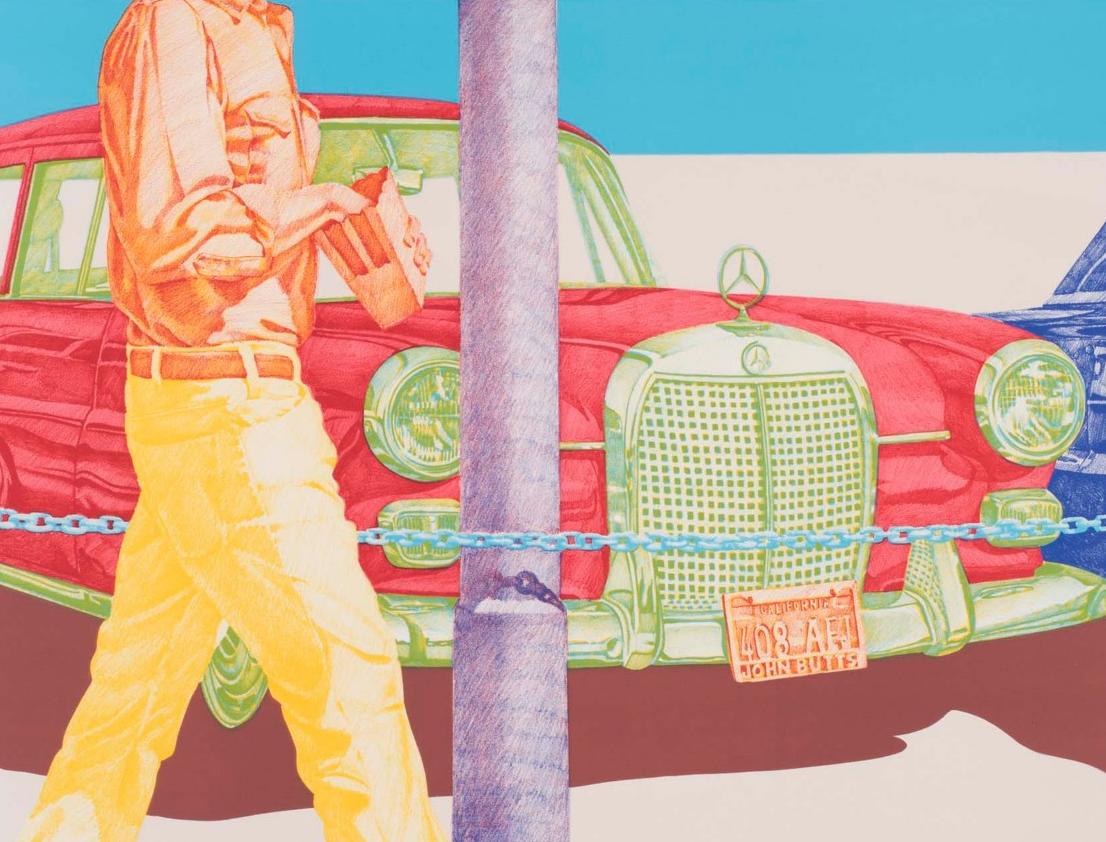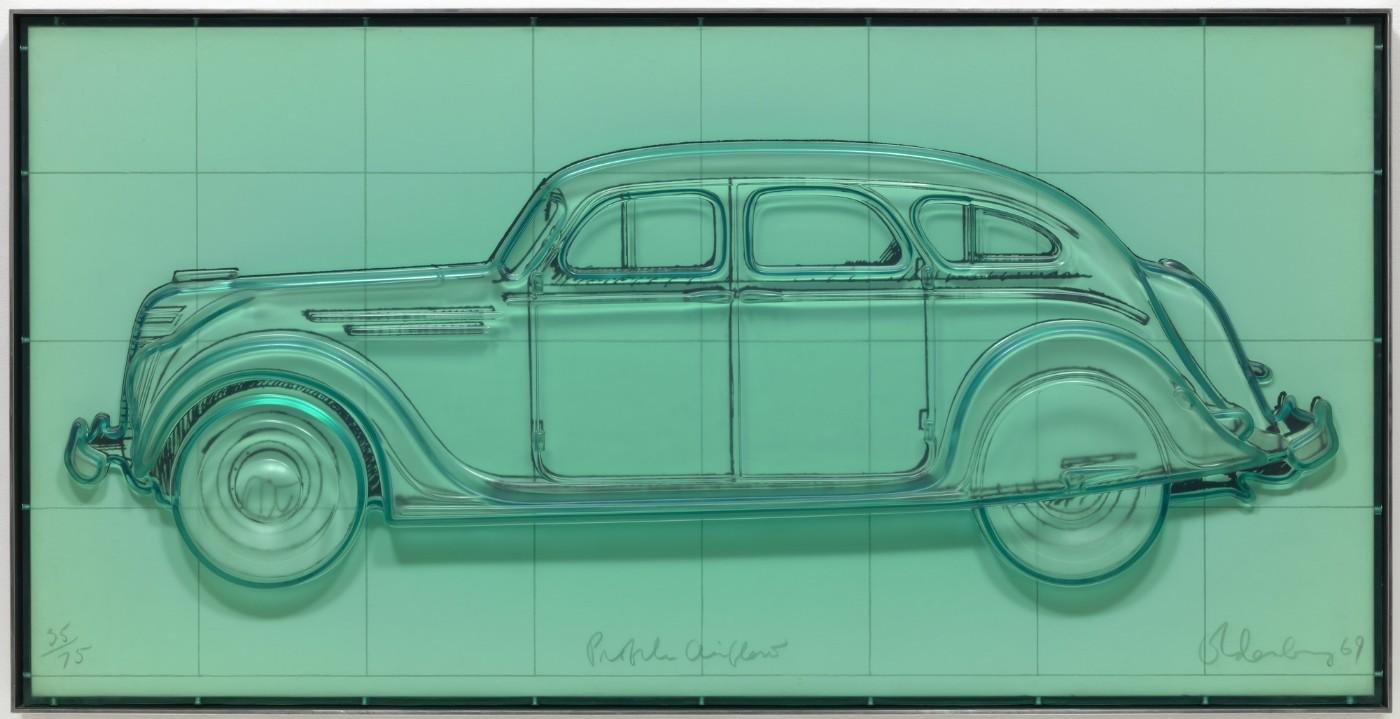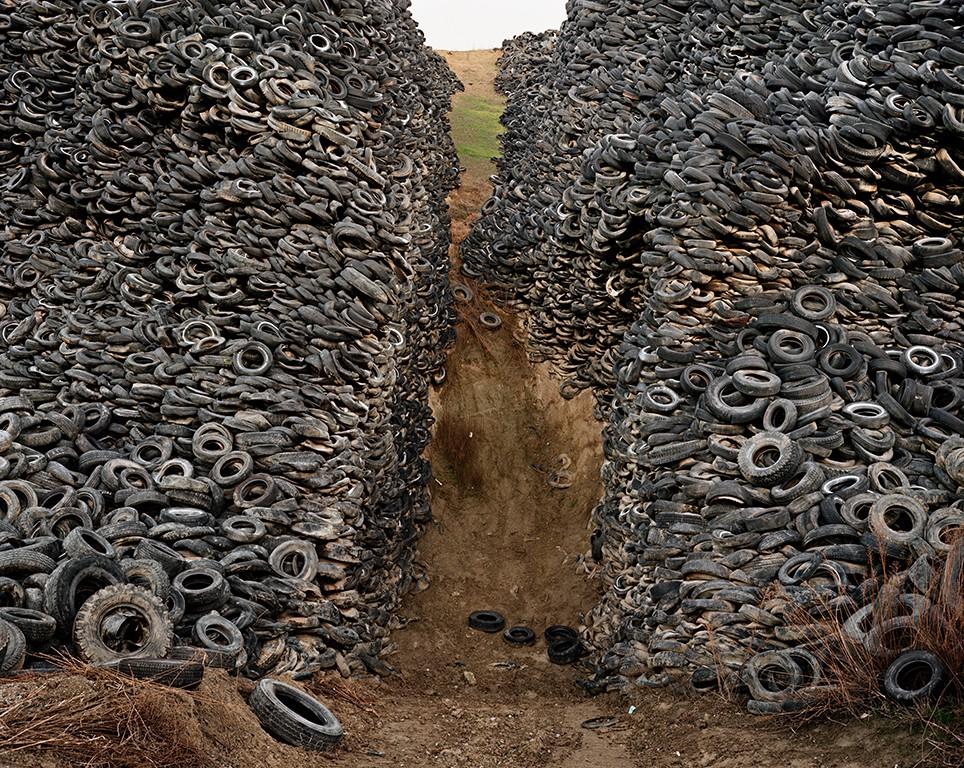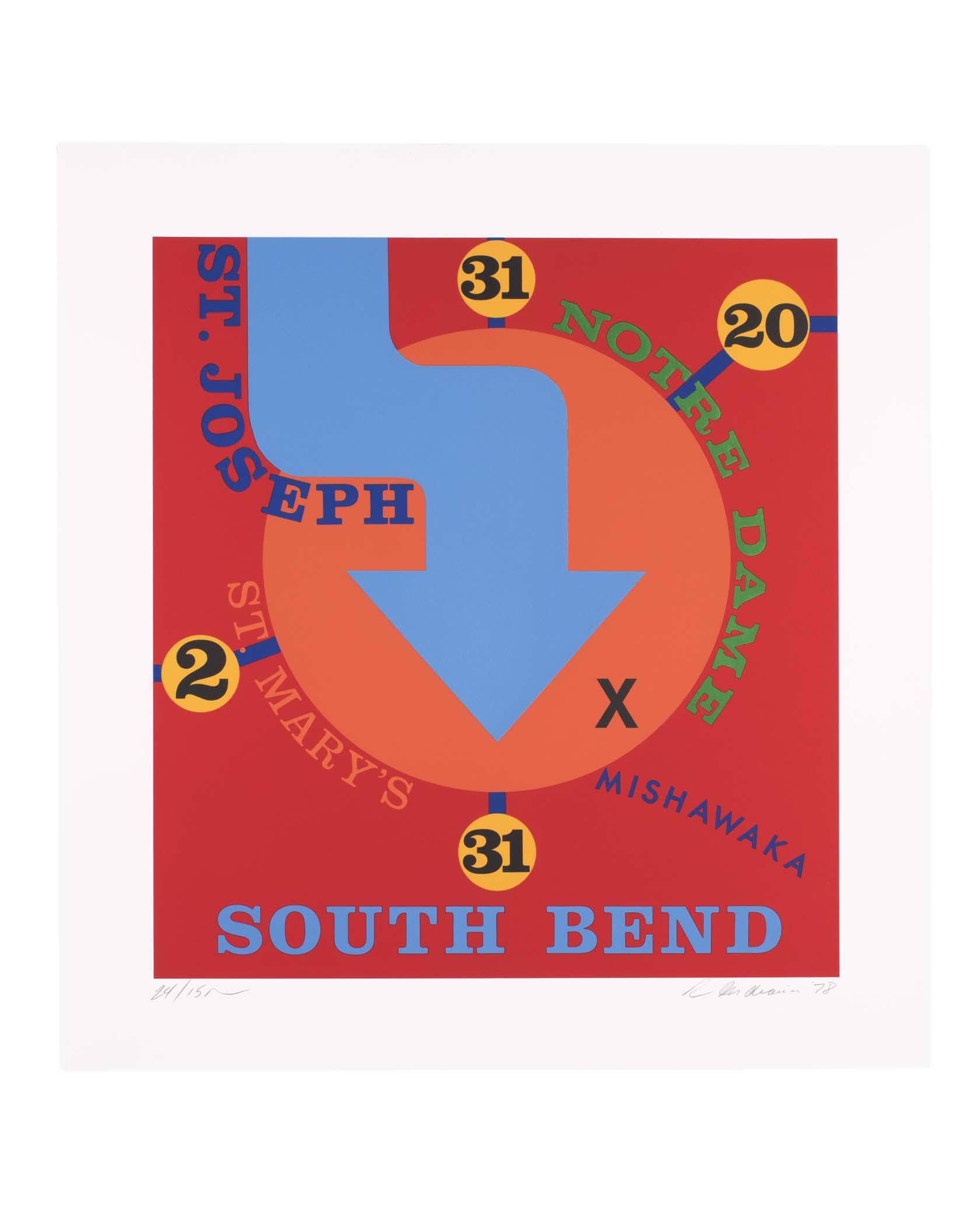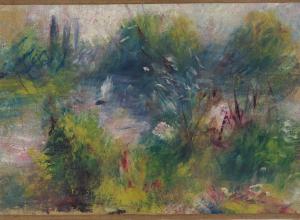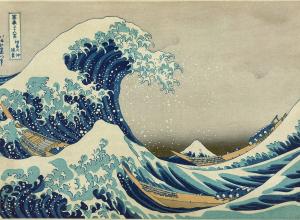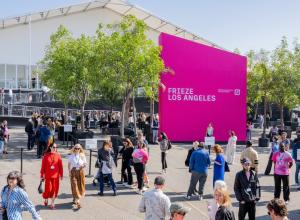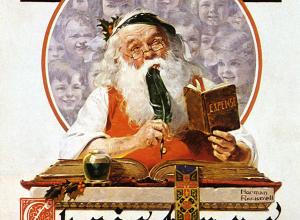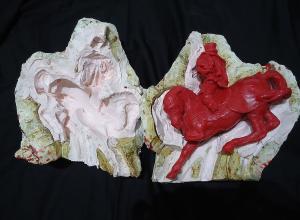Catalogue
Life Is a Highway will be accompanied by an illustrated catalogue with two essays, one by curator Robin Reisenfeld, Ph.D., and one by guest author Eleanor Heartney.
Related Programs
A broad slate of public programming that will appeal to visitors across generations – art and car enthusiasts alike – will be organized in conjunction with the exhibition.
From June 27-Sept. 15, the Museum will present a film series called Find One in Every Car: On the Road in American Movies on Thursday evenings and Saturday afternoons that will explore the impact and central role of the car in American culture. On Aug. 23, TMA will turn a parking lot into a drive-in theater to present American Graffiti, celebrating George Lucas’ nostalgic love letter to small town America. And on June 15, July 12, Aug. 24 and Sept. 14, Monroe Street in front of the Museum will be closed for car shows featuring unique vehicles, live music and kid-friendly art making experiences.
On June 20, the Museum will present a Master Series lecture featuring Chip Lord, a media artist who works with video and digital photography. As a member of the alternative architecture and art collective Ant Farm (1968-1978), he produced the video art classics Media Burn and The Eternal Frame as well as the Cadillac Ranch roadside sculpture in Amarillo, Texas. The automobile has been a central element in his work with Ant Farm and as a solo artist. The Masters Series is supported in part by the TMA Ambassadors.
On June 22 at 2 p.m., Robin Reisenfeld, Ph.D., TMA’s works on paper curator, will give a guided tour of the exhibition.
Support
Life is a Highway: Art and American Car Culture is presented by BP America with additional support from Taylor Cadillac, the Ohio Arts Council and 2019 Exhibition Program Sponsor ProMedica.
The Toledo Museum of Art is a nonprofit arts institution funded through individual donations, foundation grants, corporate sponsorships and investments. The Ohio Arts Council helps fund programs at the Toledo Museum of Art through a sustainability grant program that encourages economic growth, educational excellence and cultural enrichment for all Ohioans. Glass Pavilion® and Toledo Museum of Art Glass Pavilion® are registered service marks.
Admission to the Museum is free. The Museum is open Tuesday and Wednesday, 10 a.m. to 4 p.m.; Thursday and Friday, 10 a.m. to 9 p.m.; Saturday, 10 a.m. to 5 p.m.; Sunday, Noon to 5 p.m.; and is closed Monday and major holidays. Thursday evening hours are sponsored by Huntington Private Client Group. Friday evening hours are made possible by Fifth Third Bank.
The Museum is located at 2445 Monroe Street at Scottwood Avenue, just west of the downtown business district and one block off I-75 with exit designations posted. For general information, visitors can call 419-255-8000 or 800-644-6862, or visit toledomuseum.org.




